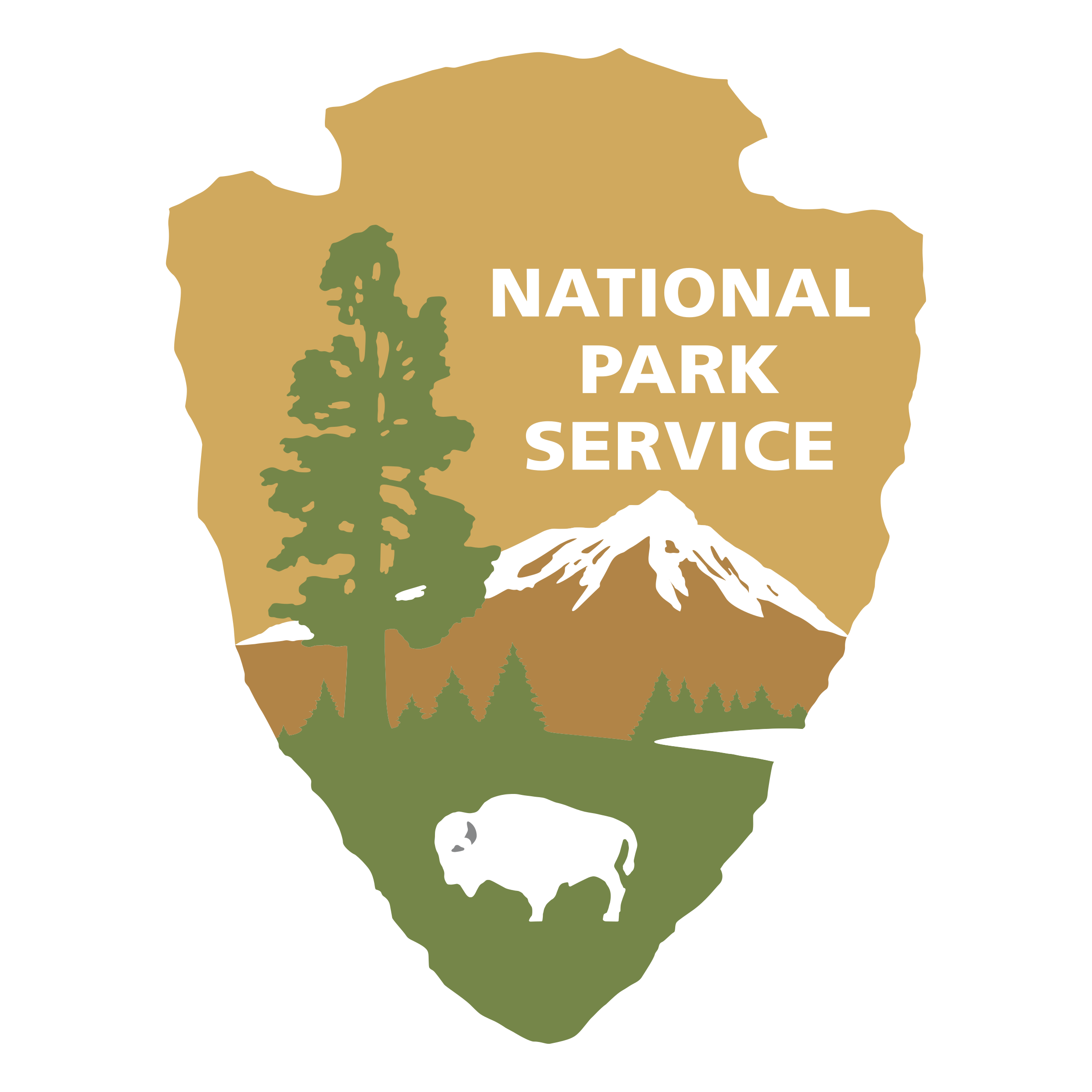Some real accounts from a diverse selection of national lands that support the fluctuation of visitor trends
Bear 399
Bear 399 is arguably the most famous bear in the world. She is a 25-year-old grizzly bear that has successfully raised numerous cubs, mainly inside Grand Teton National Park. A mob of photographers and bear lovers closely follow her movements. She is surrounded daily by people. Her most incredible accomplishment is she is now raising four cubs.
More than 1,000 viewers tuned in on Nov. 8 to watch a panel discussion about threats to world-famous Jackson Hole Grizzly 399 and her cubs, the challenges facing grizzlies in general, and how controversial new laws in Montana are undermining the miraculous conservation success stories of grizzlies and wolves. About half of the audience listened live via Zoom and the rest on Facebook. Since that time, tens of thousands have watched a recording of the special Grizzly Bear Town Hall co-hosted by Explore Big Sky’s Editor-in-Chief Joseph T. O’Connor and Mountain Journal founder Todd Wilkinson.
Thomas Mangelsen, perhaps the most renowned wildlife photographer of our time, witnessed the tagging and creation of 399's legacy. In an interview with The Guardian, Mangelsen stated that "literally millions and millions of people come to Jackson Hole just to see her." He has been able to witness over 2 decades of 399 bringing the population of Grizzlies in the southern cusp of Yellowstone to it former glory.
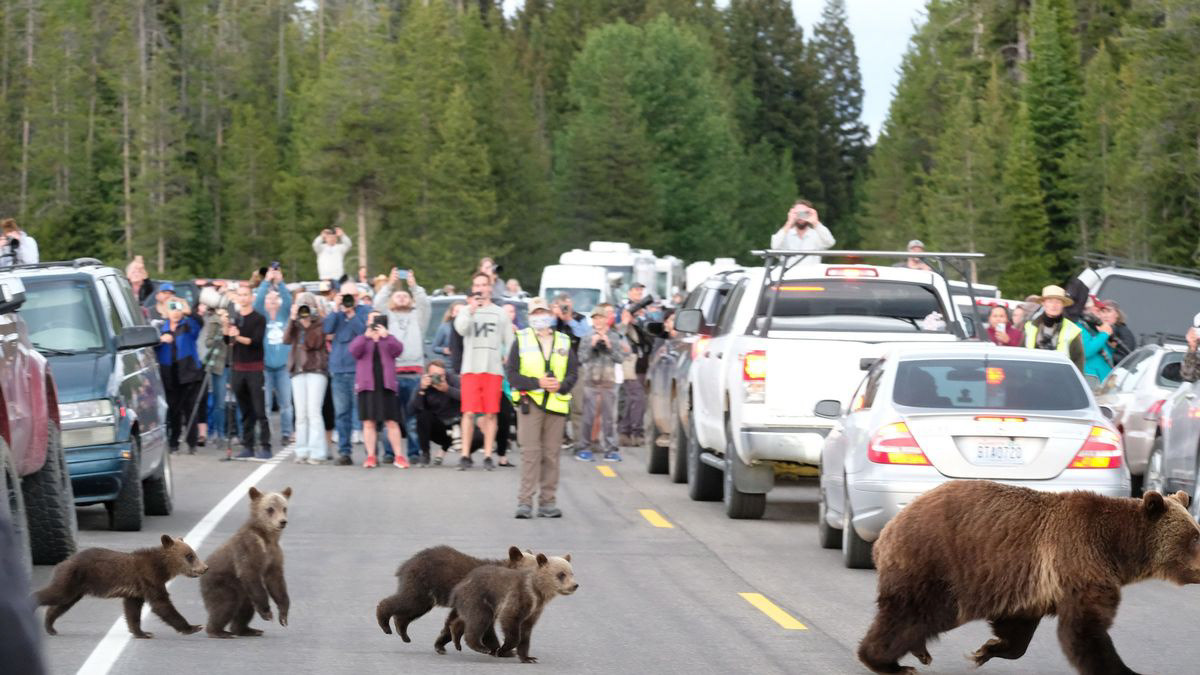
The mother bear is one of the oldest grizzly bears living in the wild
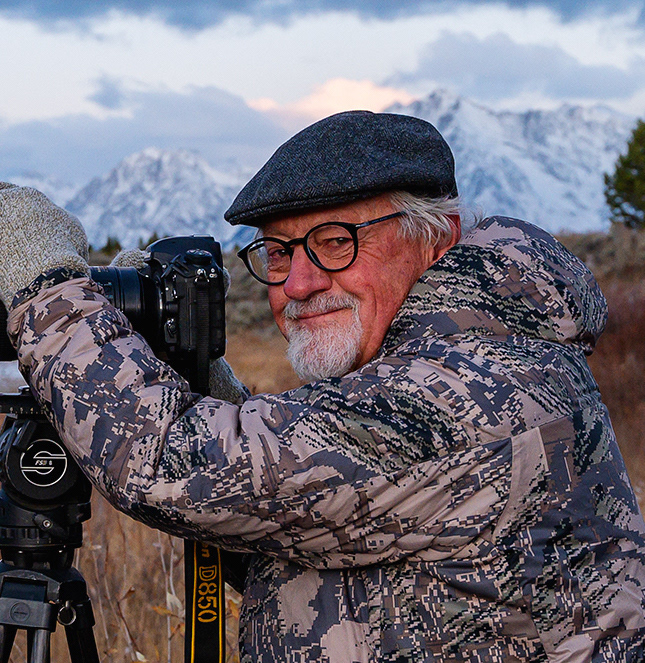
Thomas Manglesen, perhaps the person who has documented Bear 399 the longest
Death Valley "Superbloom"
Death Valley is famous for its spectacular, spring wildflower displays, but those are the exception, not the rule. Only under perfect conditions does the desert fill with a sea of gold, purple, pink, or white flowers. These tend to average once a decade, with the most recent Superbloom years being 2016, 2005, and 1998. Although there are years where blossoms are few, they are never totally absent.
Death Valley is known for being an area of extremes, with its oases filled with tiny fish and its brittle cracked ground surrounded by snow-topped mountains. These Superblooms are extremely rare because so many factors can determine if it even happens. Temperature, elevations, humidity, rain cycles, and more all have to align perfectly for this beautiful seldom occurrence.
In a CNN post about the bloom in 2016, (Death Valley's most visited year hosting whopping 1.3 million guests) they wrote, "Despite its inhospitable climate, the below-sea-level basin in Furnace Creek, California – about 150 miles west of Las Vegas – is now teeming with millions of blooming wildflowers. The desert valley hasn’t seen this many blooms since 2005 because the area receives very little rain, with an annual average of 2 inches. Summer temperatures in the valley, which contains the lowest point in the United States, can sizzle to approximately 120 degrees Fahrenheit, with a nighttime low of about 90 degrees."

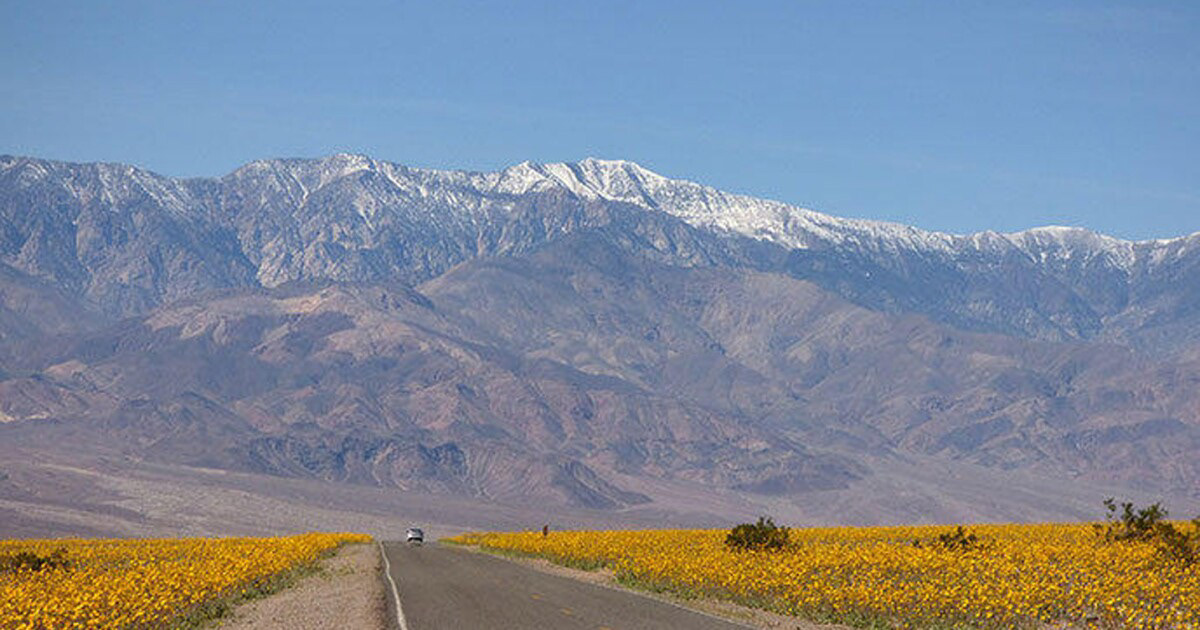
Accidental Deaths
In most cases, events that happen with National Lands tend to attract visitors. However, some cases involve more harmful and sometimes deadly experiences for visitors. After all, most National Parks forwarn their travelers that personal safety is their own responsibility. Occasionally, visitors can find themselves in harm's way and sometimes not leave their excursion alive.
In a recent case, on November 30 weekend, 2021, a man from Virginia grappling with a group in Zion National Park died. "Andrew Arvig, 31, from Chesapeake, Va., was found by rescuers suspended from a rope about 260 feet above Upper Emerald Pools. He was lowered to the ground and later pronounced dead" wrote the Salt Lake Tribune.
In other cases, visitors may have an interaction with wildlife from the parks. Yellowstone is home to wild beasts like buffalo, black bears, grizzly bears, moose, and elk. If rules published and enforced by the NPS are not followed properly, people may meet a grim fate.
October 21, 2021, a hiker was fatally attacked by a grizzly while on a hike with a group. The bear was believed to be protecting a moose carcass. USA Today wrote, "Charles “Carl” Mock, 40, of West Yellowstone, was attacked by the bear near the Baker's Hole Campground, about 2.5 miles north of West Yellowstone on April 15. He called 911 just before 3:45 p.m. Mock was able to deploy bear spray, but the 411-pound male bear stayed in the area, bluff charging and stalking rescuers, according to the investigation of Mock's death that included information from federal, state, and local agencies. The 20-year-old bear was shot and killed after it charged a team of wildlife investigators who returned to the scene the next day.
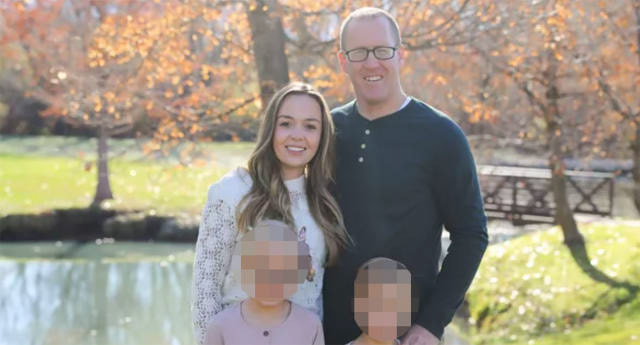
Father Andrew Arvig died in Zion National Park while grappling solo

